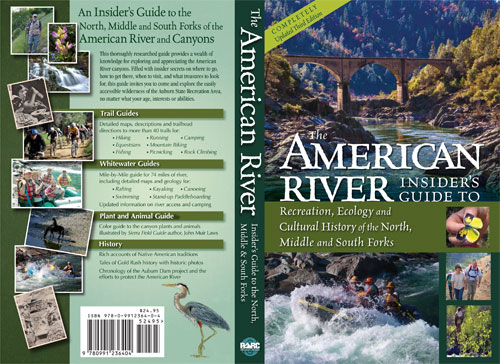As California slips into summer amid the worst drought in a generation, state residents, as a whole, have done relatively little to cut their water use, falling well short of the 20 percent target set in Gov. Jerry Brown’s emergency drought declaration in January.
Between January and May of this year, California as a whole cut its water use 5 percent compared to the same period over the preceding three years, according to data released Tuesday during a meeting of the State Water Resources Control Board. The figures were drawn from a survey of water agencies across the state conducted by water board staff. The survey was sent to 443 water agencies but completed by only 270, representing about 25 million retail water customers.
Max Gomberg, a senior environmental scientist for the board, said water use actually increased statewide in January, a month that is normally the state’s wettest but instead proved to be extraordinarily dry. During February through April – months immediately following the governor’s drought declaration – there was no significant conservation. Water use statewide was essentially the same in those months as the prior three years.
Only in May did conservation seemingly take hold, with water agencies in aggregate reporting a water savings of 25 percent. That seems encouraging, but it was before the hot months of summer when water demand typically peaks.
“Nevertheless, it’s a promising sign that the May usage went down,” Gomberg said.
The state water board met Tuesday to begin discussing whether more statewide conservation measures are needed. They invited a number of local water agency officials to provide input. Those officials said it’s difficult to impose blanket conservation goals because each region of the state is different, with different water needs. Nevertheless, they all said they are striving to meet the 20 percent target.
The state’s data showed that the best conservation progress occurred among water agencies in the Sacramento Valley region, which reported a 10 percent savings from January through May. The worst was along the Central Coast and in the San Francisco Bay Area, which reported zero and 2 percent conservation, respectively.
“The customers have stepped up, is really what it comes down to,” said John Woodling, executive director of the Sacramento Regional Water Authority. “If you drive around this region, the lawns are brown and yellow. The lawns aren’t lush and green like they used to be.”
Other water agencies told the board that progress may appear small because they have been working hard for years to reduce water consumption as a general practice to manage water resources for the long term.
More at MercedSunStar.com >>>

